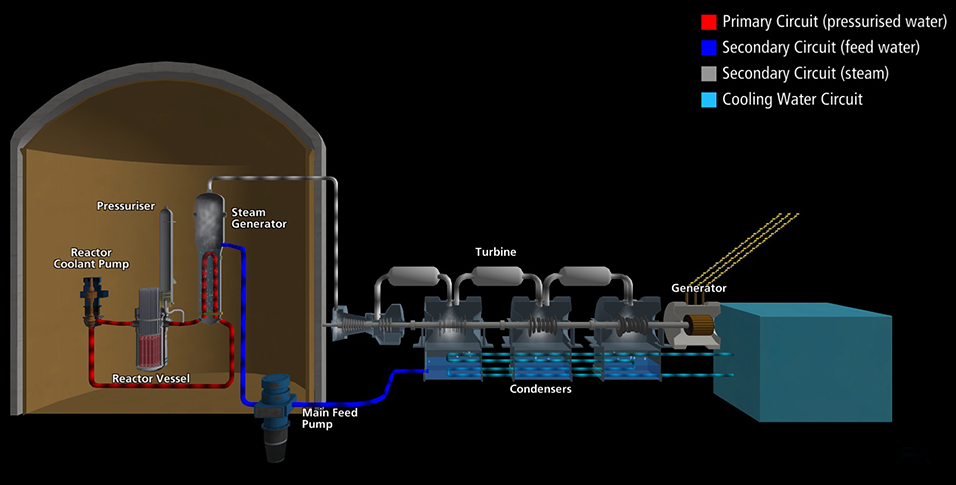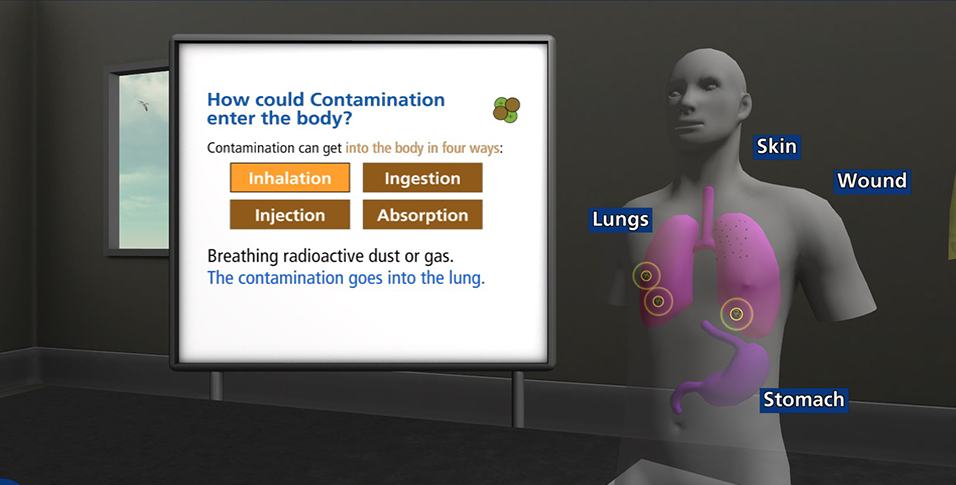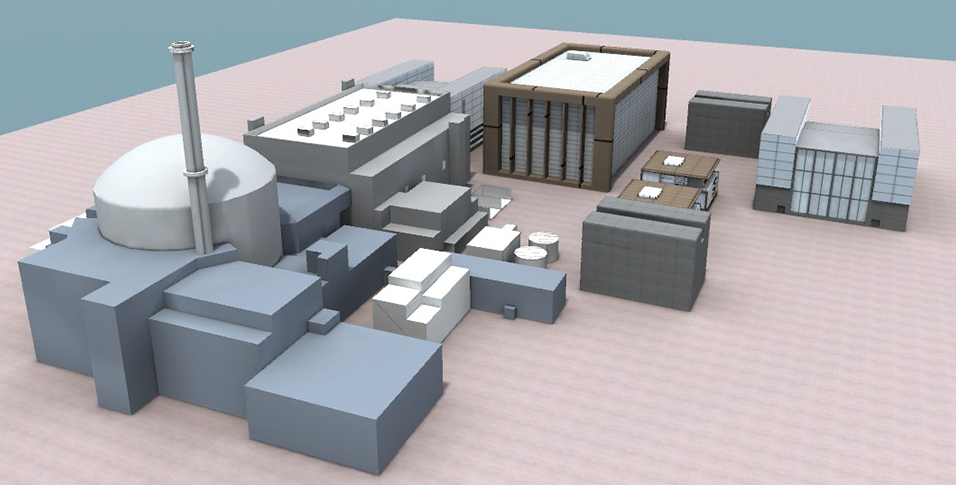The EDF Energy Campus organisation-wide learning team wanted to showcase their new centralised learning centre, Cannington Court, as a centre of digital learning excellence. They tasked Make Real to take existing, traditionally-delivered (PowerPoint slides), learning materials and create an immersive, engaging suite of content based around the fundamentals of nuclear power, from atom theory to power plant layout to nuclear safety.
EDF Energy had 8 training topics areas they wished to enhance with immersive technology as part of a wider study into understanding the benefits to learners and the business through the adoption of. Immersive technology was particularly ripe for adoption in and around the fundamentals of nuclear power due to the blend of theory and practical learning combined with associated visualisation of core concepts that do not convey well in 2D
14 Android tablets were deployed initially to provide 1 instructor device, networked to 12 learner devices and 1 device connected to the projection display system, to synchronise the learning material delivery for each session. The projection display system could output 2D or passive 3D content so the tablet device connected included the option to deliver either. However most learners preferred and opted for the non-3D version in order to avoid having to wear 3D glasses whilst learning.
The day-long training session is instructor-led with learner group sizes of 12-24 employes from across the wider EDF Energy business, not just those directly associated with nuclear power generation or HPC construction. Make Real and the EDF Energy Campus team facilitated user test sessions to determine learner outcomes, improvements over the traditional methods and any friction points with the hardware deployment
The Android tablet application was created in Unity 3D engine. The existing PowerPoint learning content was adapted and updated to reflect the new medium of delivery whilst ensuring that the learning objectives and outcomes were maintained, updating specific information points where relevant due to more accurate data or latest developments. Mobile-optimised 3D models of the nuclear power station, primary and secondary circuits and associated theoretical components as necessary were included to create animated sequences and interactive elements, to follow the EDF Energy Campus team mantra of “learn by doing”.
EDF Energy have reported back a significant time saving per employee undertaking the day-long course. With an average of two hours saved per day, as a result of efficiency of the delivery mechanism of the learning materials, compared to the previous PowerPoint methodology, more time is available to introduce further interactive learning experiences to put the theoretical learnings into practise.
Along with reduction in training time required to deliver the content, qualative feedback shows that the average pass rate for the assessment at the end of the course has increased by 25%, showcasing the value impact of immersive technologies when deployed at scale for learning and development.




We’re always happy to talk to you about how immersive technologies can engage your employees and customers. If you have a learning objective in mind, or simply want to know more about emerging technologies like VR, AR, or AI, send us a message and we’ll get back to you as soon as we can.